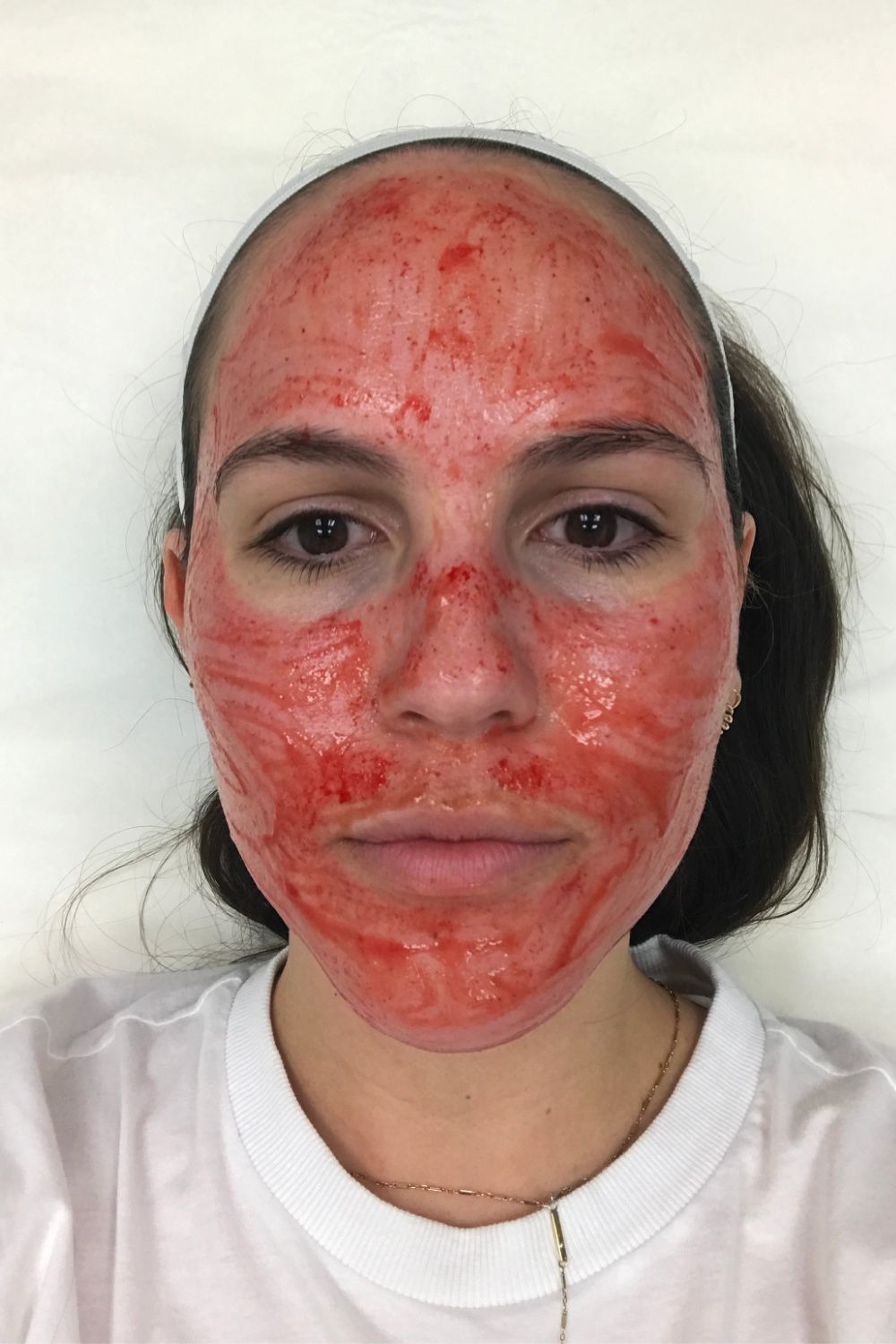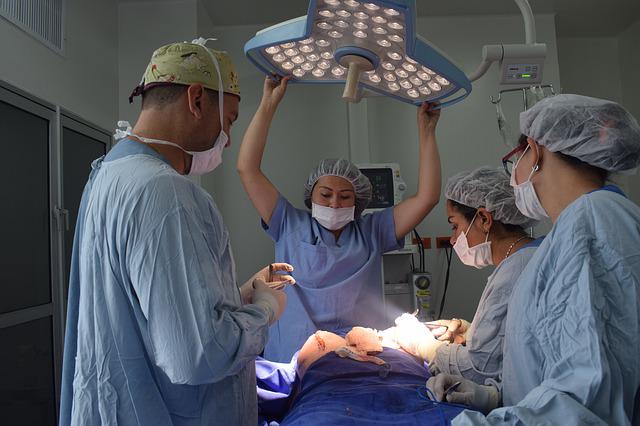
A nasolabial filler procedure can make your facial features look more natural. A skilled cosmetic surgeon is qualified to inject dermal and/or hyaluronic fillers. It can also improve the volume of your cheeks.
Dermal fillers
Dermal fillers can improve the appearance of nasolabial folds. These injectables have a high safety rating and are effective in reducing the depth of the folds. They give the skin a smooth appearance. In nine to twelve month, patients will notice visible results.
Patients need to know that dermal Nasolabial Fold treatment is not cheap. Prices can vary depending on which brand and type of treatment you choose. It also depends how much filler is applied. The cost of the procedure can vary from one region to another, so make sure you discuss cost with your provider before you go. Your provider may offer financing options if your policy doesn't cover the cost.
Filler with hyaluronic acid
Hyaluronic acid dermal filler can be used to treat folds in the nasolabial region. The folds form due to loss of collagen and elastin. It can also occur due to smoking and excessive sun exposure. This filler helps to smoothen wrinkles and give you a smoother appearance.

The procedure of injecting hyaluronic acid into the skin folds is minimally invasive. The treatment can be seen in a matter of weeks and lasts up to 18 months. Hyaluronic acid filler injections, unlike other injection techniques are safe and efficient.
Bruising
After nasolabial fold filler injection, the patient may experience bruising. This is called the Tyndall phenomenon. It occurs when the needle in a filler injection damages nearby blood vessels and blood leaking into surrounding tissue. While bruising is usually temporary, the Tyndall effect can last several months without treatment. Moreover, nasolabial fold filler takes up to nine months to break down, so bruising is to be expected.
You can use a Hirudoid or Lasonil cream to reduce the severity of bruises. These creams may be purchased over the counter.
Necrosis
The use of tissue fillers can lead to the development of necrotic nasolabial fold. There are several options for treating this condition. One option is to use local flaps, or free grafts. These procedures are best done several months after necrosis when the surrounding tissues have stabilized and the area is not yet damaged. Although reconstructive rhinoplasty may be an option right away after necrosis has occurred, it is not usually recommended for cases of non-arterial vascular compromise.
The exact cause of this complication is unknown, but it appears to be related to vascular compromise. The problem can affect the glabella, nasal bridge, and lateral nasal artery, which supply blood to this area. The problem can spread into the nasal ala and septum, which are connected with the ophthalmic.artery. The majority of the time, however, the vascular problem in the nasolabialfolds happens in the columellar vein and does not involve either the facial nor columnellar vessels.

Permanence
The deep crease known as the nasolabialfold runs from the corners and ends of the mouth to the sides. This is the area that's often called "parentheses line" because of its distinctive shape. These folds naturally develop and are visible in children when they smile. You can improve your facial contour by considering a permanent treatment if you are unhappy about the appearance of the lines.
It may be possible to get a low-cost dose of dermalfiller. Your doctor will evaluate the severity of your wrinkles and recommend the correct dosage. A lower dose is usually recommended for patients who have had previous problems with dermal injections, those looking for subtle results, and those who are on a tight budget. If you don't see the results you're seeking, your doctor will use a smaller dose first and repeat the procedure as necessary.